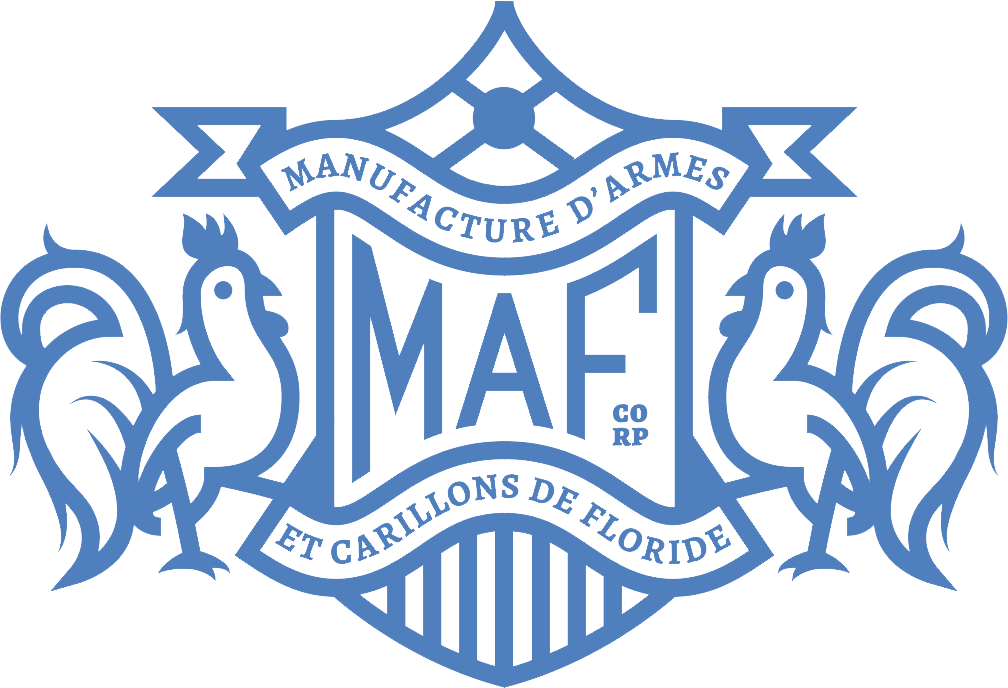Released: September 18th, 2011 (1), Thingiverse
Download:
http://haveblue.org/wp-content/uploads/2013/03/ARlower-haveblue-first-version.zip
https://github.com/maduce/fosscad-repo/tree/master/Rifles/AR-15_Lower_Receiver_v1-haveblue
====================
The HaveBlue AR-15 lower is the first 3D printed firearm. (2)
HaveBlue documented (3) his work at his website which, at time of writing, is still up. From this writeup we gain both a technical history of his work, and a sense of the thoughts and concerns driving what would become the guncad community.
HaveBlue states that his printable lower was derived from a CAD model from cncguns.com, attributing Justin Halford as the original modeler. This model is clearly a reference model for a metal AR-15 lower, with no modifications added to better strengthen a printed version.
Before printing, HaveBlue added just such modifications to the lower, strengthening the front takedown pin lugs and bolt hold catch lugs, along with adding an integral trigger guard. This makes his lower the very first printed gun designed for printing (4).
After printing a 75% scale model to test his printer’s capabilities, HaveBlue printed a full size model on a Stratisys FDM printer using black Bolson ABS. Further postprocessing was required during assembly (both reinforced areas still cracked when the pins were inserted, requiring glue or chemical layer fusion) but aside from this HaveBlue was able to assemble his lower without incident.
Initial firing tests (5) were performed using a CMMG .22LR conversion bolt, achieving “close to 100 rounds” before concluding the test. This is first documented firing test of a printed firearm.
Further firing tests (6) were performed using .223. While a few rounds did fire without breaking the lower, cycling problems quickly developed, which HaveBlue attributed to flex in the buffer tower. After performing a finite element analysis, HaveBlue concluded that significant buffer tower strengthening was required.
At this point HaveBlue stopped development on the lower, allowing subsequent developers to take the platform further (7).
It should not surprise us that the earliest attempt to print an AR lower encountered the exact same problems we are still dealing with today - namely, strengthening and reinforcing high-stress areas like the buffer tower and front takedown lugs.
Just as interesting is the constant reference, in both HaveBlue’s writings and the Thingiverse pages that he links, to antigun policies and takedown threats from file hosts. It appears that HaveBlue’s work was driven in significant part by the desire to protest Thingiverse’s behavior around firearms. Conspicuously absent prior to 2013 is any concern about federal enforcement against filesharing: the question at the time was whether Thingiverse should restrict weapons as a matter of company policy, and not whether developing and sharing these files was federally legal.
It is apparent that HaveBlue deserves the title of the first 3D printed gun developer, engaging in all the activities we expect of designers today - modifying, testing, documenting and releasing a design specifically meant to be 3D printed by hobbyists.
====================
(1) https://web.archive.org/web/20110925020101/http://www.thingiverse.com/thing:11770
(3) Specifically, it is the first item we'd recognize as a printed firearm that was both released and received any notoriety. It is likely that other hobbyists printed designs even earlier than this, but either never shared the files, or never gained any attention.
HaveBlue notes that a Thingiverse user named “KingLudd” posted a similar AR lower ( https://web.archive.org/web/20110923161511/https://www.thingiverse.com/thing:11669) prior to his own upload. It appears this was created on September 15th, 2011, predating HaveBlue’s by only a few days; in any case, it was HaveBlue’s lower that received the subsequent media attention.
Similarly, HaveBlue also notes ( https://haveblue.org/?p=1349) multiple prototype firearms produced by commercial manufacturers using 3D printing technology. For the purpose of historic classification, when we discuss “firsts”, we specifically mean the first hobbyist use / production.
(3) https://haveblue.org/?p=1041
We are very fortunate that HaveBlue so thoroughly documented his work. Confusingly, the first entry in this series is dated June 28th, 2012, nearly a year after the apparent first posting of the AR lower, yet it is written as if HaveBlue is in the process of developing it. It may be that he did not get around to actually testing the gun until 2012 - this article ( https://web.archive.org/web/20121227111218/http://animalnewyork.com/2012/3d-printed-guns) seems to imply that.
(4) The KingLudd Thingiverse upload is apparently identical to the CNCGuns reference model, and no mention is made of testing. Indeed, the upload appears to have been motivated primarily as a protest against Thingiverse policies and not the desire to share a functioning firearm.
(5) https://haveblue.org/?p=1321
(6) https://haveblue.org/?p=1349
(7) Though he did proceed to work on what is likely the first printable 10/22 lower ( https://haveblue.org/?p=1631).



